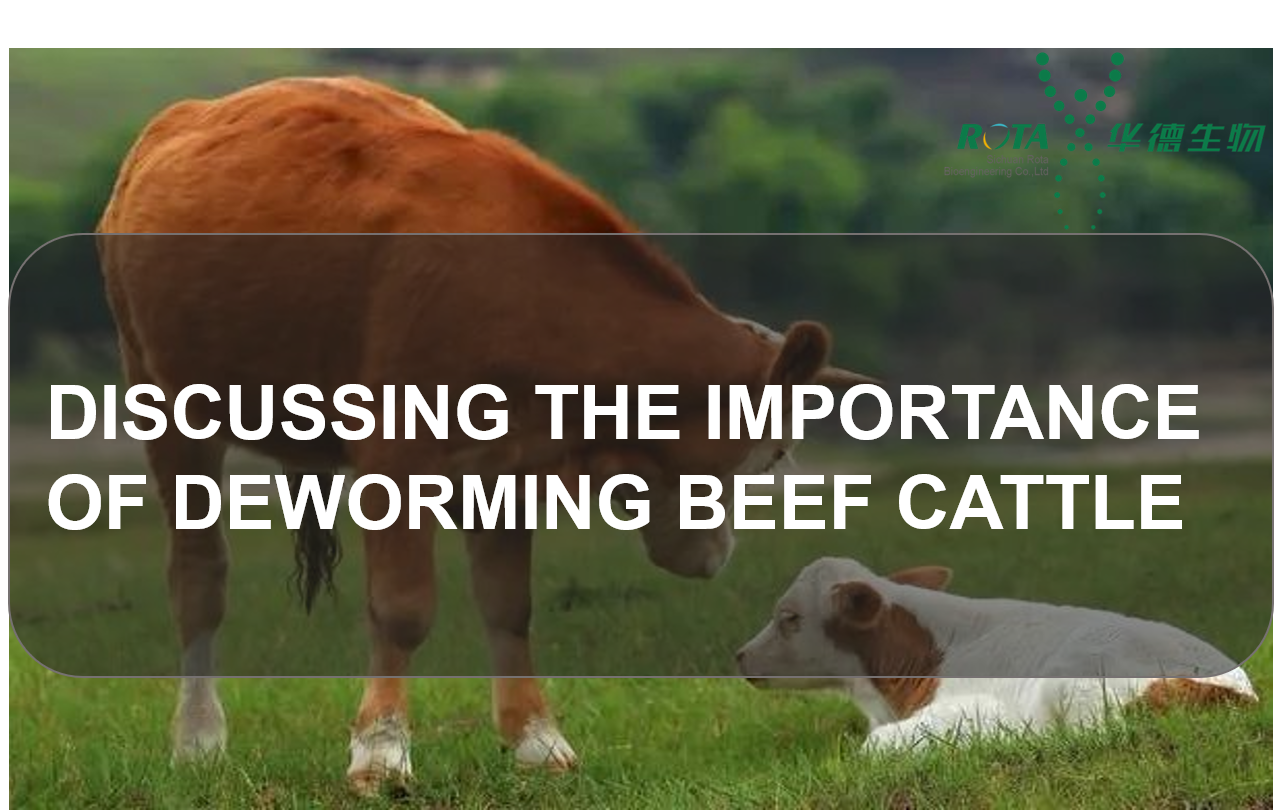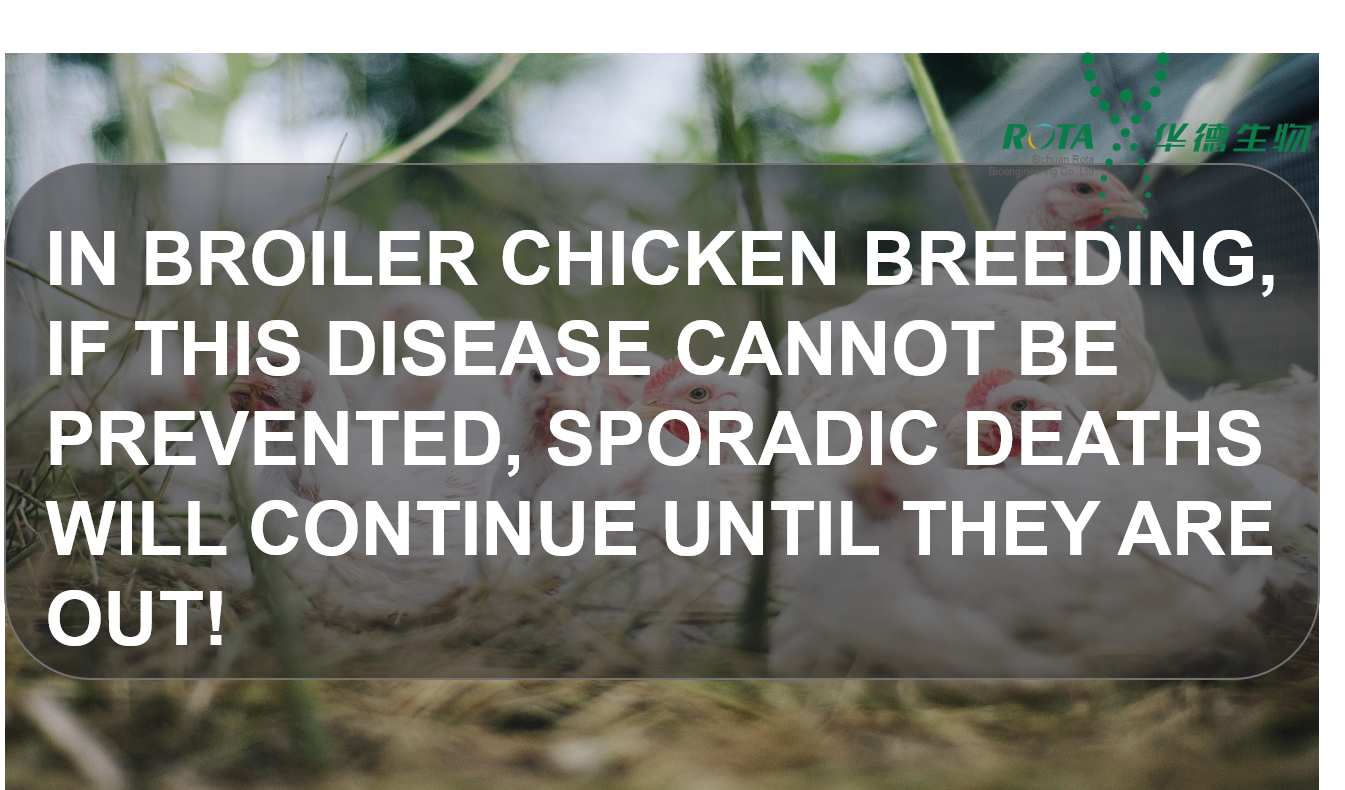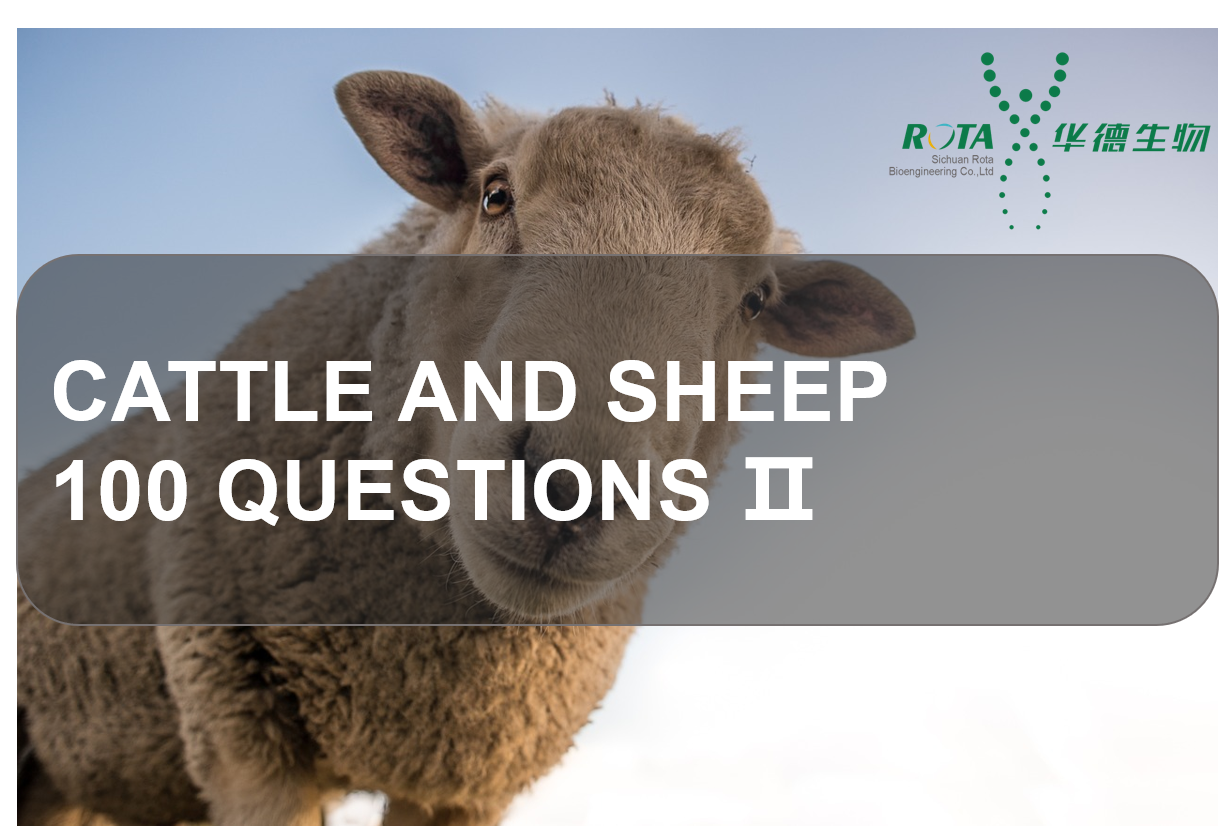|
Ensure the Survival of Fry is Coming to a Head! Disinfection Prevention Should be Planed!
Grass carp of 1-1.5 kilograms has risen to 0.42-0.45 USD/kg. The gap period (high price period) of small grass carp from June to September has arrived. According to the market trend, the price may rise further! At the same time, due to the sharp decline in the number of fry cultivated in 2023, the current market price of 50-150g taels of fry has reached 0.5 USD/kg in some areas. There is a price but no stock, and it is difficult to replenish the fry!
Judging from the situation of fry, the survival rate will directly affect our breeding output and benefits. Ensure the survival of fry is coming to a head!
This year, the high price of fish fry is difficult to compensate, keep the existing fish fry in the pond, and improve the survival rate is the top priority!
1. How to judge that the disinfection product is working? Among our commonly used disinfection products, dichloride effervescent tablets are the main products, and in order to ensure their best results, we need to pay close attention to their performance from the following key aspects.
2. How to use disinfection products specifically?
What are the use scenarios of disinfection products? Do you know when, how much and where to use it? 2.1 Long-term rain causes serious flooding of the pond bottom. Insect eggs and pathogenic bacteria enter the water body. They multiply in large numbers after the weather clears and the temperature rises. This is the best period for sterilization and inhibition, and the entire pond should be disinfected.
2.2 Cooperation with treatment: When fish disease has occurred, environmental disinfection work must be combined with the oral administration of ingredients to control the environment and the pathogenic bacteria in the fish to achieve the therapeutic effect. At this time, disinfection must be carried out before and after the oral treatment cycle.
2.3 After insecticide: After insecticide, the number of insects and algae in the pond has dropped significantly, and the breeding space of pathogenic bacteria has expanded. Disinfection and sterilization operations are required. At this time, the entire pond should be disinfected.
2.4 Regular disinfection of the food table: The food table is a place where a large amount of residual erbium feces accumulates, and is most likely to breed pathogenic bacteria. To effectively reduce the probability of disease in the pond, it is recommended to carry out regular disinfection of the food court every 7-10 days after warming up. |
 Cattle and Sheep 100 Questions Ⅳ
Cattle and Sheep 100 Questions Ⅳ
 Discussing the Importance of Deworming Beef Cattle
Discussing the Importance of Deworming Beef Cattle
 In Broiler Chicken Breeding,If This Disease Cannot Be Prevented,Sporadic Deaths Will Continue Until They Are Out!
In Broiler Chicken Breeding,If This Disease Cannot Be Prevented,Sporadic Deaths Will Continue Until They Are Out!
 Cattle and Sheep 100 Questions Ⅱ
Cattle and Sheep 100 Questions Ⅱ